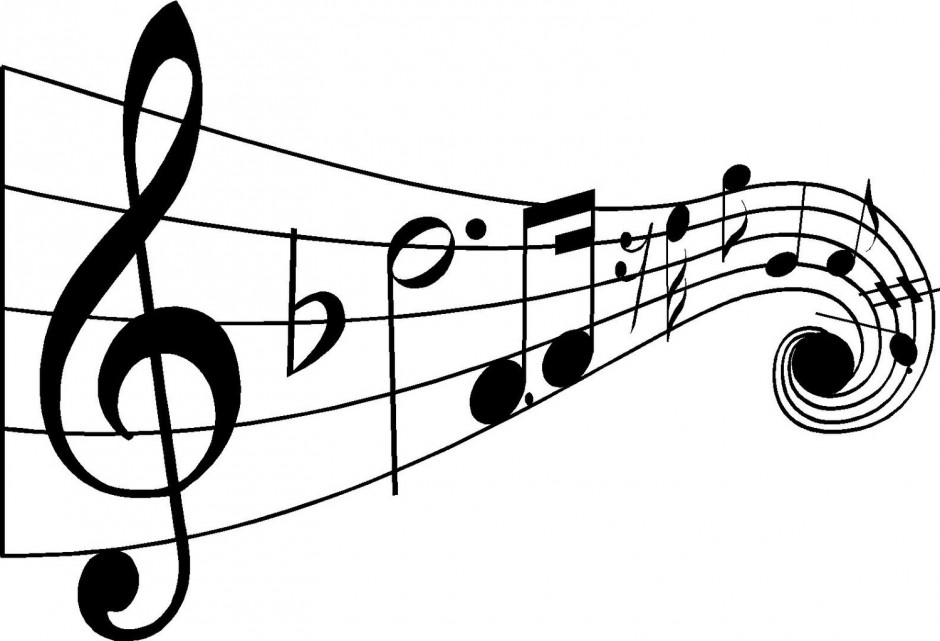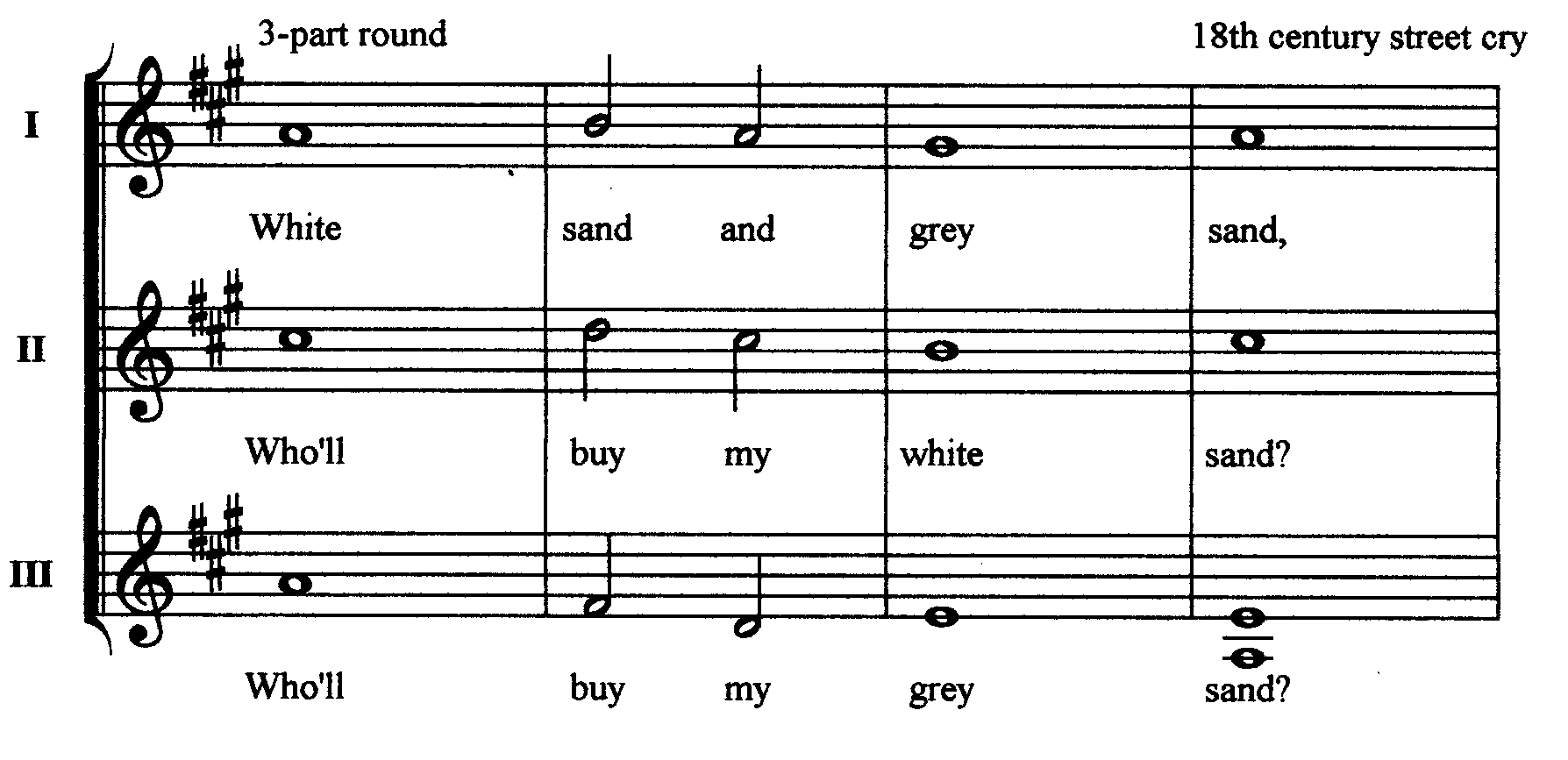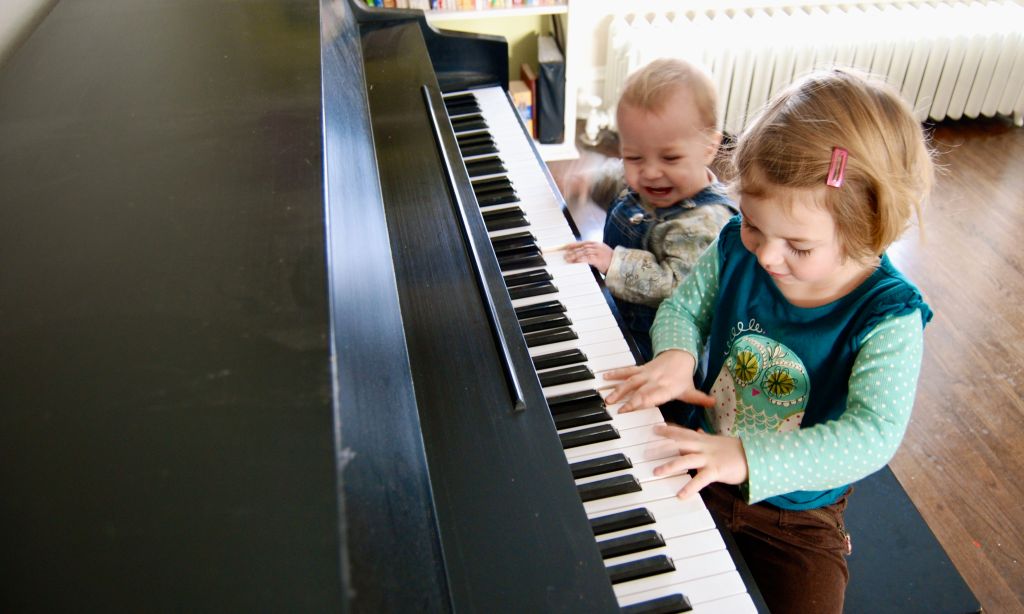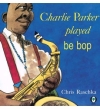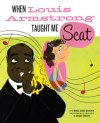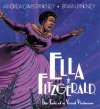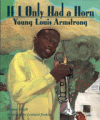Lyn Ransom, D.M.A., is the recently-retired Director of Program Development at Music Together LLC and coauthor of Music Together Preschool. She helped to develop Music Together’s Babies Program in 1999 and was a curriculum writer for all of the Music Together song collections. In addition to 25 years’ experience teaching adults and young people to sing, Dr. Ransom developed the music program for High/Scope Foundation and served as a teacher trainer for Head Start and Follow Through. Author of Children as Music-makers, she has served on the music faculties at several universities, including Cincinnati College-Conservatory of Music, Iowa State University, and Westminster Conservatory of Music at Rider University. As a new faculty member at Iowa State University in the ‘80s, Sister Lorna Zemke was an important influence for me. Sister taught at Silver Lake College and was a pioneer in prenatal music development. I was fascinated by her program, which involved singing to babies in utero. She observed that newborns recognized their parents’ voices, as well as the lullabies that had been sung to them prior to birth. I was fascinated but doubtful. How could babies hear or remember anything from before they were born? Yet, three years later, as an expectant mother myself, I was sure my six-month embryo kicked more around cello and bass guitar than anything else. We went to a jazz concert where the speakers were turned up and the baby kicked hard—and it seemed as if he kicked when they were playing and stopped between songs. I went to my OB/GYN the next week and said, “Dr. B., I am sure he kicks more when there are low sounds than when there are not. Would you be interested in doing some research with me? We could watch the baby on ultrasound while different musicians play. We could see if he responds to music and we could see if he responds more to low sounds.” He told me that the kicking was probably random and that I perhaps had a vivid imagination. Now, of course, we know prenatal babies hear from the fourth month in utero, and we know they tend to respond more to low-pitched sounds than to high ones. We are rapidly finding out the level of discernment and memory that babies posses when they’re born, and we’re beginning to understand more about the stimulation they need for development. One recent study by Nakata and Trehub (2003) compared babies’ responsiveness to their mothers’ singing and mothers’ speech. Babies six months old showed greater interest when mothers sang to them than when they spoke to them, as indicated by increased visual focus and reduced movement. We see this at home and in Music Together classes as babies “stare and study” when people sing to them. The researchers also noted that the regular pulse of music may also enhance emotional coordination between mother and infant. Another study by O’Neill, Trainor, and Trehub (2001) documents infants’ greater visual attention when being sung to by fathers than by mothers. It also articulates the differences in the ways fathers and mothers sing lullabies and play songs when the baby is present and when the baby is absent. Both fathers and mothers were more animated and playful when the babies were present, but fathers didn’t raise the pitch of the songs with baby present as did the mothers. I think this study points out the importance of fathers and mothers both singing to babies: In addition to aiding emotional bonding and musical play, this may help babies develop their focusing skills and memory. One-year-olds remember and prefer music they heard before they were born, according to a study by Alexandra Lamont from the University of Leicester. The “Child of Our Time” study involved mothers playing a self-chosen piece of music to their babies for the last three months before birth, then not again until the children were twelve months old. Eleven babies tested all showed a significant preference for these pieces compared to very similar pieces of music they had not heard before. The babies’ preferences were based on the amount of time they spent looking towards the source of the music. When they stopped looking at the speaker which played the music, the music stopped. The babies quickly learned the association between their looks toward the speaker and the amount of music they could hear.
Many more studies on early learning and music have been conducted recently, but even just these three indicate how much and how fast babies learn, how strong their differentiation skills are, and how important caregivers’ singing is to the infants. It is also an indication of how complex music-learning is and how much researchers have to study! Did you sing or play music for your baby in utero? Have you observed your baby’s preferences for different kinds of music? Nakata, T., & Trehub, S. E. (2003.) Infants’ responsiveness to maternal speech and singing. Infant Behavior and Development, 27, 455-464. O’Neill, C., Trainor, L. J., & Trehub, S. E. (2001.) Infants' responsiveness to fathers' singing. Music Perception, 18, 409-425. | 